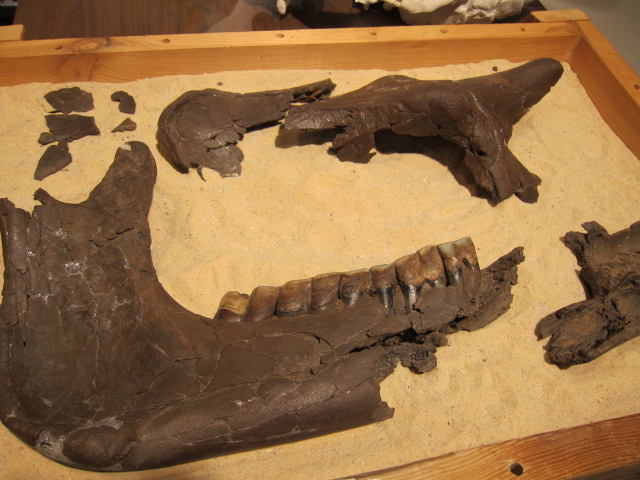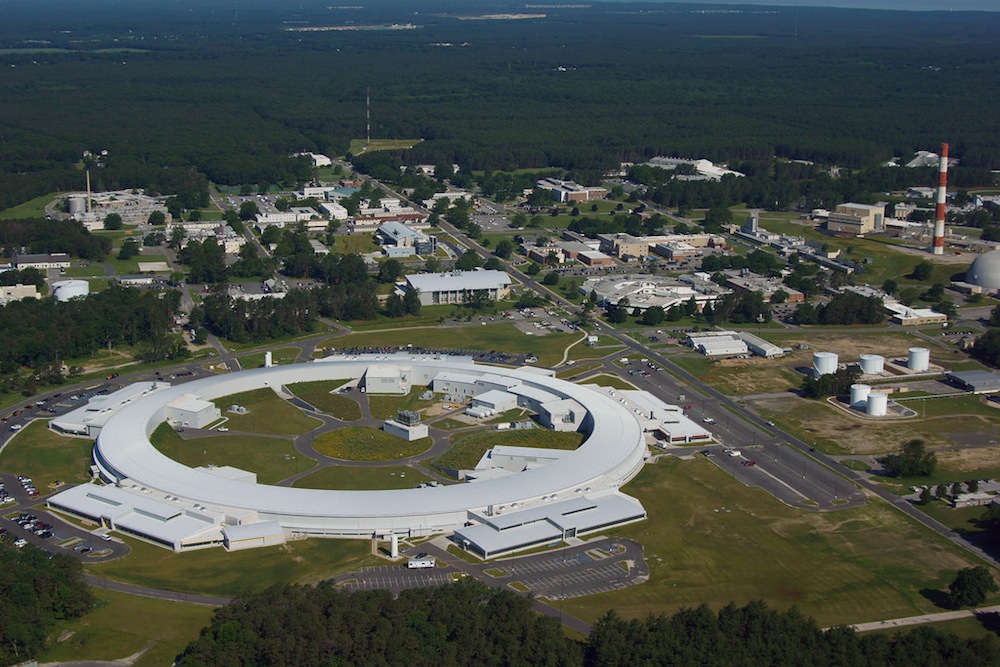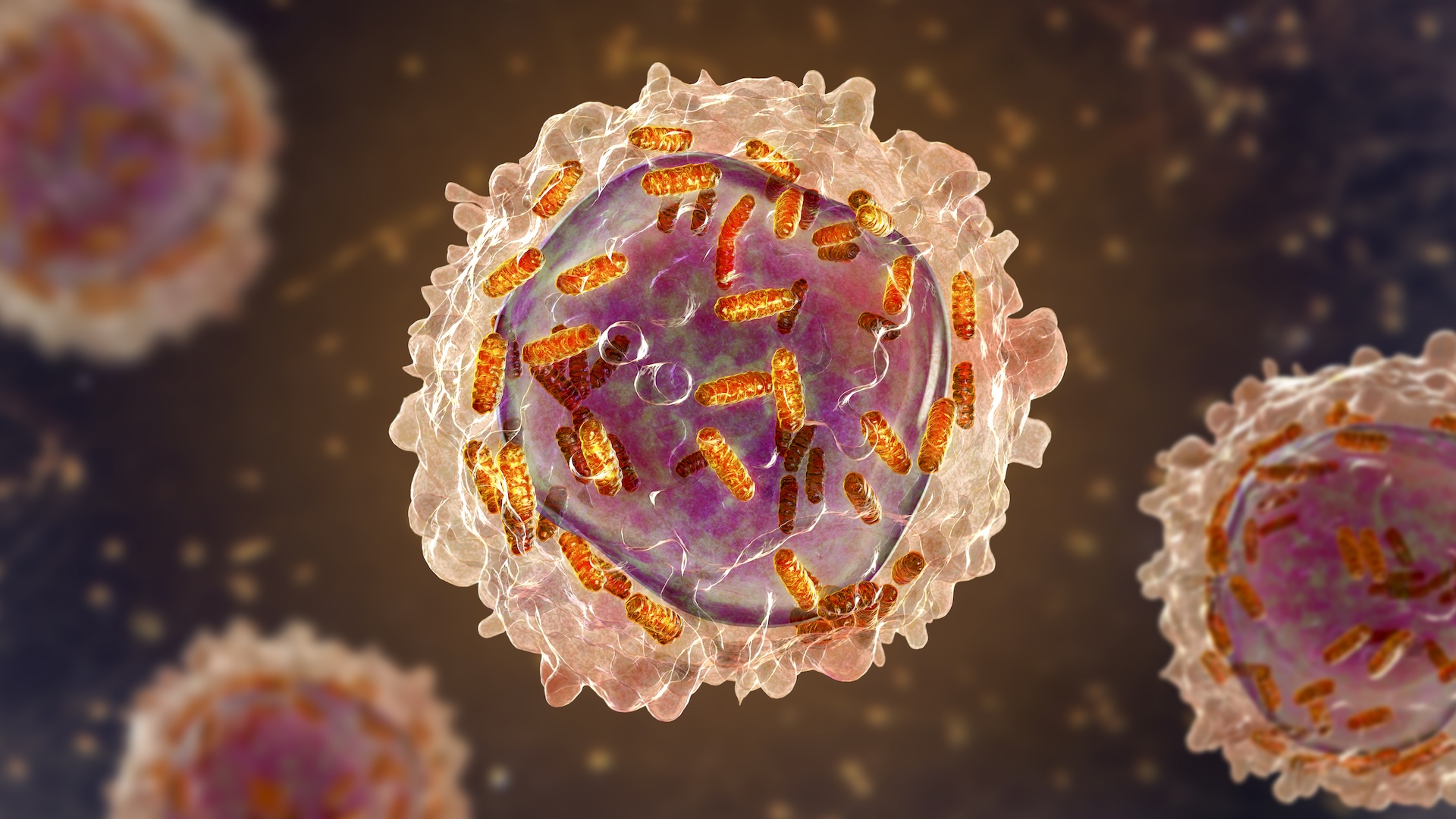Geek Tourist: 6 Summer Trips for Science-Lovers

Ah, summer: warm breezes, sunny days … and trips to one of the world's largest X-ray microscopes?
Yes, you could go to the beach or the lake this summer, but why not try something a little more out-of-the-box this year? True nerdiness doesn't take time off just because school is out. We've got a list of summer science destinations all across the United States sure to trigger your curiosity.
All of these spots are places where real science happens, whether that means exploring the stars or delving into the deep past. We've picked spots in areas that offer other, not-so-nerdy attractions, too, in case you need to please non-geeky members of the family. Some may even be in your own backyard.
So if ion colliders and dinosaur footprints sound like more fun than swimming and sun tanning, check out these science-y summer vacation options.
1. Tour giant telescopes in a tropical paradise
Maybe you've already got a trip to Hawaii planned this year. If so, take a break from snorkeling to visit the W.M. Keck Observatory at magnificent Mauna Kea. Rising 13,800 feet (4,200 meters) above sea level, Mauna Kea hosts some of the largest telescopes ever built. [50 Amazing Volcano Facts]
To get a taste of the science, visit the Keck Observatory headquarters in the cowboy town of Waimea, where volunteers can explain what astronomers are learning by viewing the heavens from Hawaii.
Get the world’s most fascinating discoveries delivered straight to your inbox.
The observatory doesn't offer public tours, but guests can drive to the summit of Mauna Kea to see a visitor's gallery and partial views of the Keck I telescope and dome. You'll need a four-wheel drive vehicle for the drive, and anyone headed up the volcano alone should stop at the Visitor Information Station at 9,200 feet to check the weather. Altitude sickness is a real concern, and scuba divers should not summit within 24 hours of a dive. Several tour outfitters offer journeys up to the summit. These trips include dinner, transportation and even warm clothes to protect against the high-altitude chill.
2. See how scientists study the sea in California
The Monterey Bay Aquarium Research Institute in Moss Landing, California, boasts three research ships and two remotely operated vehicles for studying the marine environment. Scientists at MBARI study everything from bioluminescent beasties to submarine volcanoes to deep-sea ecosystems.
Normally, the workings of this lab are closed to the public. But once a year, MBARI holds an open house. This summer's is on Saturday, July 19, from noon to 5 p.m. During that time, staff and scientists will be on hand to explain their research, show off their robotic submarines and screen videos of the deep oceans.
If you can't pull off a July 19 appearance in Moss Landing, never fear. The Monterey Bay Aquarium in nearby Monterey is another amazing way to explore the planet's marine life.
3. Follow the footprints of dinosaurs in Colorado
When you think "dinosaurs" and "Colorado," the first spot that springs to mind might be Dinosaur National Monument on the Colorado-Utah border. But that remote park isn't the only place to immerse yourself in the past.
Just minutes outside Denver sits Dinosaur Ridge, an unassuming-looking hill topped with scrubby trees. This ridge, along with its neighbors, was the site of the first discoveries of some of the most iconic dinosaurs ever found, including Stegosaurus, Allosaurus andApatosaurus. [5 Fossil Hotspots: National Parks to Visit]
Visitors can hike around the ridge for free on a paved road, or take a shuttle bus tour for $5 (children ages 3 and younger ride for free). The short walk or ride will take you past dino bones eroding out of rock, fossil ripples and worm burrows, and most strikingly, a hillside dotted with more than 300 dinosaur tracks.
Nearby, the tiny but welcoming Morrison Natural History Museum offers visitors the chance to get up close to (and even touch) real dinosaur fossils. Volunteers can often be found preparing fossils in the lab upstairs, and are always happy to take questions from guests.
4. Discover an ancient world in Tennessee
Dinosaurs get all the love, but they aren't the only amazing beasts that once walked North America. At the Gray fossil site in northeast Tennessee, an entirely different ancient landscape comes to life.
Workers accidentally discovered this site near the town of Gray, Tennessee, during road construction in 2000. A sinkhole here became a watery grave for many animals during the Late Miocene epoch, approximately 7 million to 4.5 million years ago. Hundreds of bones from frogs, turtles, tapirs and even an ancient rhinoceros have been found, as has a rare red panda fossil. A museum in front of the dig site recreates the ancient ecosystem and provides a home for more than 14,000 fossils found at the site. A windowed lab allows visitors to watch fossils being prepared. [25 Amazing Ancient Beasts]
The Gray Fossil Site is a bit off the beaten track compared to our other summer vacation options, but it's not far from the Appalachian Trail, Great Smoky Mountain National Park, and other excellent hiking and camping sites.
5. Dream of interstellar travel in Space City
Houston is ground zero for human space travel, and Space Center Houston is the best place to get a taste of what it's like to blast off. This museum offers science shows and exhibits, as well as tours of nearby Johnson Space Center (for an additional fee).
Space enthusiasts will love seeing artifacts like suits actually worn in space and on the moon, a fragment of the orbiter Skylab that survived its fall to Earth and a lunar rock you can touch.
And while Houston may have been snubbed in the parceling out of space shuttles, Space Center Houston does have a full-scale replica shuttle parked outside. A new $12 million complex is currently under construction to house a real Shuttle Carrier Aircraft, the plane upon which the shuttle piggybacked for transport around Earth.
6. Explore the universe's origin in New York
A short drive from Manhattan sits Brookhaven National Laboratory, where scientists delve into some of the tiniest particles ever discovered to find out what makes the universe tick.
Each summer, Brookhaven opens its doors to the public to share its research. Between July 13 and August 3, visitors can come on themed open-house days to tour the facilities, talk to researchers and try hands-on activities.
On July 13, guests can tour the National Synchrotron Light Source (NSLS) II, an enormous X-ray microscope that will produce X-rays 10,000 times stronger than the current NSLS when completed. On July 20, it's time to go very small with a trip to the Center for Functional Nanomaterials. Weather nuts will enjoy "Storm Trackers" day on July 27. And finally, the Relativistic Heavy Ion Collider will be open for tours on Aug 3; this particle accelerator aims to recreate the moments after the Big Bang.
Follow Stephanie Pappas on Twitter and Google+. Follow us @livescience, Facebook & Google+. Original article on Live Science.

Stephanie Pappas is a contributing writer for Live Science, covering topics ranging from geoscience to archaeology to the human brain and behavior. She was previously a senior writer for Live Science but is now a freelancer based in Denver, Colorado, and regularly contributes to Scientific American and The Monitor, the monthly magazine of the American Psychological Association. Stephanie received a bachelor's degree in psychology from the University of South Carolina and a graduate certificate in science communication from the University of California, Santa Cruz.




